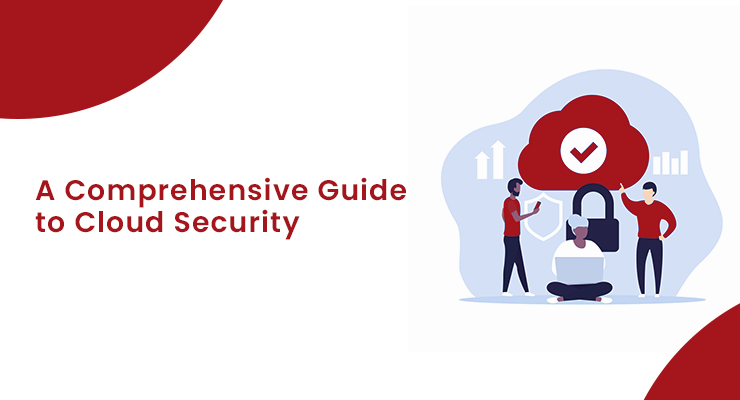Cloud security encompasses the technologies, controls, processes, and policies which combine to protect your cloud-based systems, data, and infrastructure. It is a sub-domain of computer security and more broadly, information security. Top of form bottom of Form
It is a shared responsibility between you and your cloud service provider. You implement a cloud security strategy to protect your data and adhere to regulatory compliance.
Cloud security is a critical requirement for all organizations. Especially with the latest research from (ISC)2 reporting 93% of organizations are moderately or extremely concerned about cloud security, and one in four organizations confirmed a cloud security incident in the past 12 months.
Thankfully, there are a widely established set of strategies and tools you can use to achieve a robust cloud security setup, these include:
Identity and Access Management
All companies should have an Identity and Access Management (IAM) system to control access to information. Your cloud provider will either integrate directly with your IAM or offer its own in-built system. An IAM combines multi-factor authentication and user access policies, helping you control who has access to your applications and data, what they can access, and what they can do to your data.
Physical Security
Physical security is another pillar of cloud security. It is a combination of measures to prevent direct access and disruption of hardware housed in your cloud provider’s data centre. Physical security includes controlling direct access with security doors, uninterrupted power supplies, CCTV, alarms, air and particle filtration, fire protection, and more.
Threat Intelligence, Monitoring, and Prevention
Threat Intelligence, Intrusion Detection Systems (IDS), and Intrusion Prevention Systems (IPS) form the backbone of cloud security. Threat Intelligence and IDS tools deliver functionality to identify attackers who are currently targeting your systems or will be a future threat. IPS tools implement functionality to mitigate an attack and alert you to its occurrence so you can also respond.
Encryption
Using cloud technology, you are sending data to and from the cloud provider’s platform, often storing it within their infrastructure. Encryption is another layer of cloud security to protect your data assets, by encoding them when at rest and in transit. This ensures the data is near impossible to decipher without a decryption key that only you have access to.
Cloud Vulnerability and Penetration Testing
Another practice to maintain and improve cloud security is vulnerability and penetration testing. These practices involve you – or your provider – attacking your own cloud infrastructure to identify any potential weaknesses or exploits. You can then implement solutions to patch these vulnerabilities and improve your security stance.
Micro-Segmentation
Micro-segmentation is increasingly common in implementing cloud security. It is the practice of dividing your cloud deployment into distinct security segments, right down to the individual workload level.
By isolating individual workloads, you can apply flexible security policies to minimize any damage an attacker could cause, should they gain access.
Next-Generation Firewalls
Next-Generation firewalls are another piece of the cloud security puzzle. They protect your workloads using traditional firewall functionality and newer advanced features. Traditional firewall protection includes packet filtering, stateful inspection, proxying, IP blocking, domain name blocking, and port blocking.
Next-generation firewalls add in an intrusion prevention system, deep packet inspection, application control, and analysis of encrypted traffic to provide comprehensive threat detection and prevention.
Contact us to implement these security layers for your cloud landscape.


